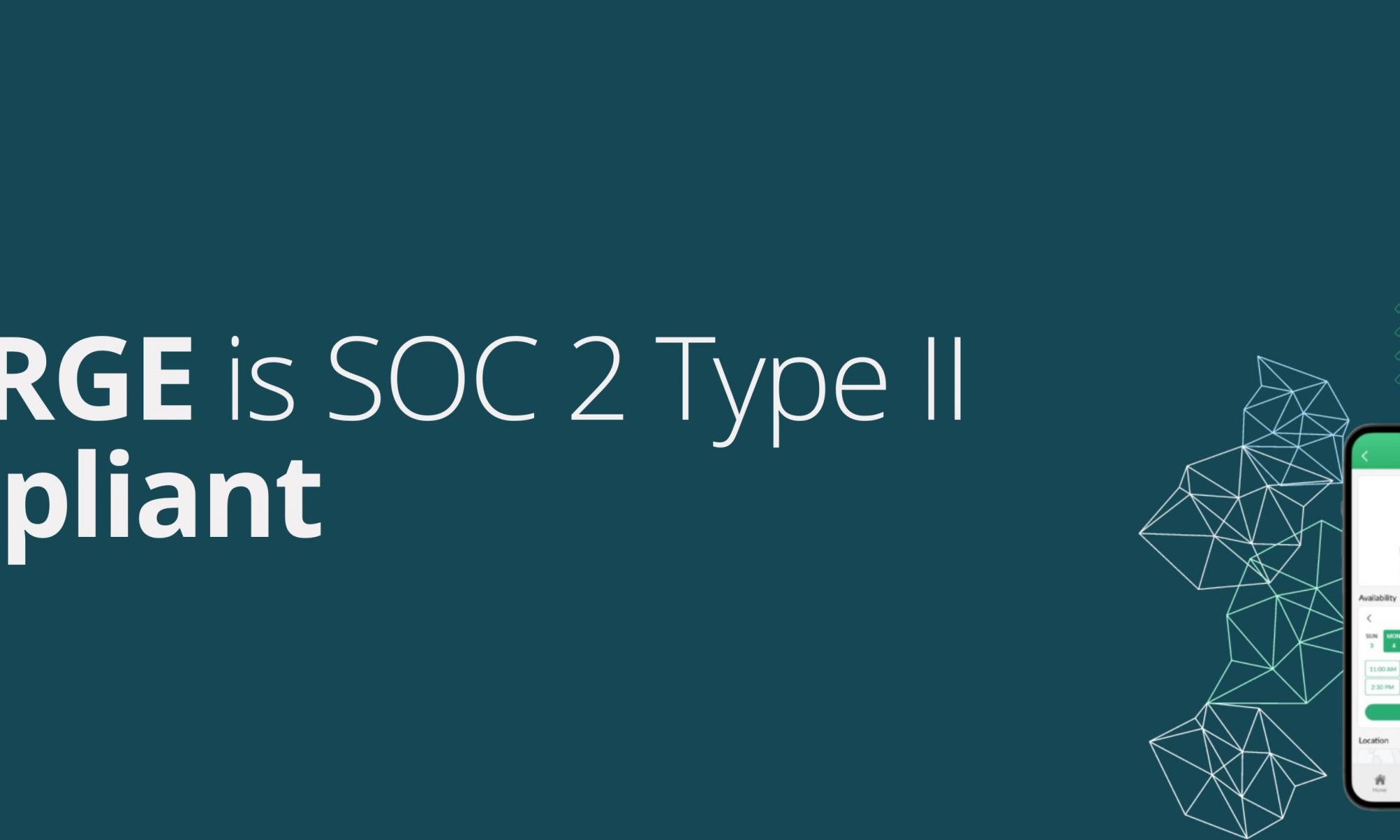With the COVID-19 pandemic, major transformations were accelerated and imposed overnight, such as home office and remote learning. In the healthcare field it was no different. But are there reasons to adopt telemedicine in healthcare practices? Is it really that advantageous? Continue reading the article to find out!
Telemedicine is here to stay
Telemedicine is the present and also the future! According to a survey released by the Canadian Medical Association (CMA), 47% of Canadians have used virtual care this past year. Of this group, 91% said they were satisfied with the experience received.
And although many still prefer face-to-face care, the trend is that virtual consultations become increasingly routine practices, due to their practicality and time savings.
5 Reasons to adopt telemedicine in your healthcare practice
But does that mean it’s advantageous for doctors? Of course, not all consultations are appropriate for telemedicine consultations. However, it is also true that a large part of services could be provided virtually. There are several advantages for which doctors should adhere to this technology.
1. Your services can’t stop during the pandemic
The COVID-19 is not the first pandemic in history, but it has taken on large proportions that not even the most pessimistic person had expected: social distancing guidelines for several months.
And with so many companies, schools and offices closed, the big question arises: “How to assist patients at a time when social distancing is crucial to the fight against the virus?”
With remote service, everything gets easier! The patient does not need to leave the house and also does not stay without medical assistance, and the medical professional does not need to stop performing consultations!
2. Patient’s care guaranteed
And since we are talking about not leaving patients without medical care, we come to the second reason to adhere to telemedicine.
In addition to the social distancing phase, telemedicine allows clinics and doctors to ensure assistance at all times. From a moment of quarantine, to requests for medical opinion, in addition to follow-ups of treatments and even surgeries.
3. Decreases absence rate of patients in your practice
As a health professional, you know the high rate of patients’ absence in your practice.
Virtual care ends up being more convenient, because patients do not need to be away from work or home, or to look for someone to take care of their children or waste time in traffic and in the waiting room of the clinic.
In short, this translates into an increased efficiency for you and your schedule.
4. Unburdens the healthcare system
Virtual care also helps to unburden the health system, reducing unnecessary visits to the emergency room, since many issues can be solved remotely.
5. Service in remote areas
One of the main advantages is precisely the possibility of reaching people in every corner of Ontario. We know how difficult it is to access professionals in remote regions. Therefore, the virtual service came to facilitate the life of residents of these places.
How to apply telemedicine in your office?
Now that you know the main advantages of telemedicine, know that to perform Virtual Care, the medical clinic needs a platform with technology that ensures data privacy and security.
If you are a doctor or have a clinic and are not yet in the universe of digital health, meet EMERGE right now, an application that prioritizes both your safety and that of your patients.
EMERGE is passionate about facilitating the productiveness and efficiency of service in the healthcare industry. We aim to bring satisfaction to every clients, whether it is making hospitals and clinics more prepared for accepting patients and cutting their operational costs, or saving patients’ time by avoiding frustrating waiting lines.
We hope our blog will be a supportive source of useful information that can be adapted to enhance your practice.





